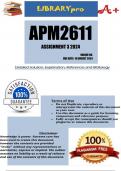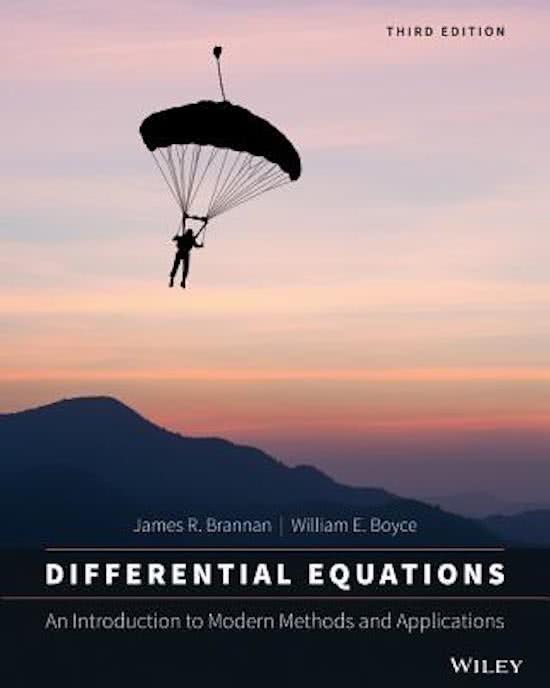Exam (elaborations)
APM2611 Assignment 3 2024 - DUE 14 August 2024
- Institution
- University Of South Africa
APM2611 Assignment 3 2024 - DUE 14 August 2024 ;100 % TRUSTED workings, explanations and solutions. For assistance call or W.h.a.t.s.a.p.p us on ...(.+.2.5.4.7.7.9.5.4.0.1.3.2)........... Question 1 1. Find the radius and interval of convergence of the following series: (i) ∞X n=1 100n n...
[Show more]




